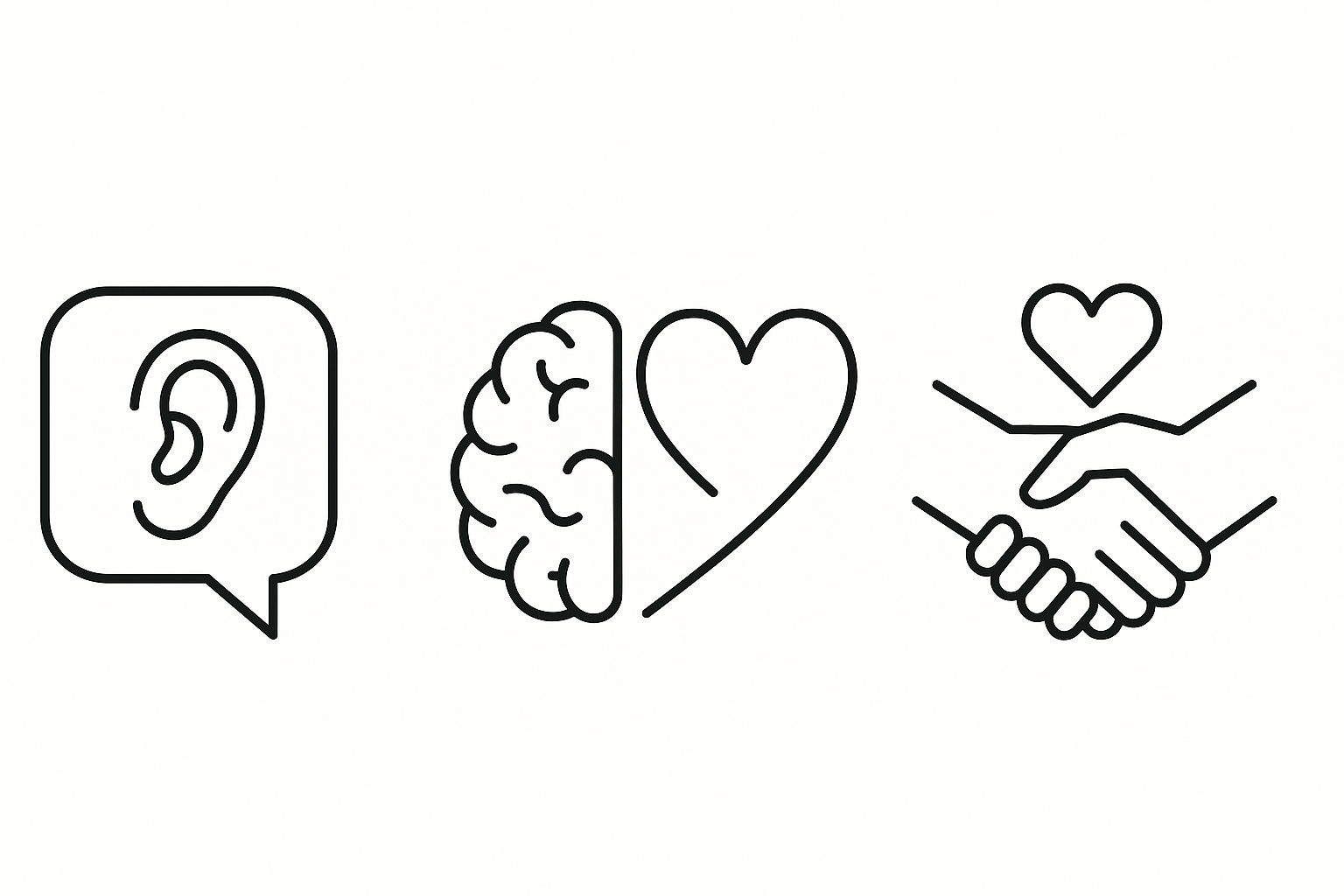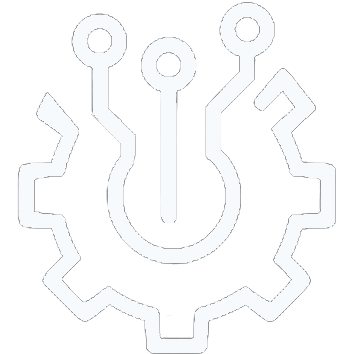Introduction
In the race to deliver faster code, meet aggressive deadlines, and scale products globally, technology teams risk overlooking the human element that underpins sustainable success. Empathy, the ability to understand and share another person’s feelings, may feel at odds with data-driven cultures, yet it is precisely this human skill that elevates technical leadership from good to exceptional. By integrating empathy into every layer of decision-making, leaders can foster trust, ignite creativity, and build resilient organizations that thrive through change.
Why Empathy Matters in Tech
Bridging Communication Gaps
Technical experts and business stakeholders often speak different languages. A leader who listens empathetically can translate complex engineering constraints into business-friendly narratives, ensuring alignment on priorities and fostering mutual respect.
Fostering Psychological Safety
When team members feel heard and valued, they are more likely to voice concerns, share innovative ideas, and report issues early, critical behaviors for avoiding costly mistakes and driving continuous improvement.
Encouraging Diversity of Thought
Empathetic environments welcome diverse perspectives. By seeking to understand each individual’s background and motivations, leaders can assemble teams that innovate faster, solve problems more creatively, and adapt to shifting markets.
The Empathetic Leader’s Toolkit

Active Listening
I’ve always said that active listening is my strongest competence, and people are often unexpectedly surprised when I mention it. Yet for me, it isn’t just a feel-good skill; it’s a leadership superpower that keeps teams aligned and projects on track. True active listening goes beyond passively hearing words: it means fully engaging with the speaker’s intent, concerns, and emotions.
When a teammate shares a roadblock or a new idea, I make it a point to paraphrase what I’ve heard—“So what I’m understanding is…”—and then confirm back, “Is that right?” This simple two-step ritual does two critical things:
- Saves Time
Clearing up misunderstandings in real time means we don’t cycle through revisions later on. - Reduces Misalignment
In fast-paced development, even small misinterpretations can blow weeks of work off course. By checking in immediately, we catch assumptions before they solidify.
Over time, this habit has created a ripple effect: colleagues feel heard and valued, communication tightens, and we spot issues earlier. As a leader and manager, you can’t afford to merely listen—you must ensure you really understand. Active listening, done well, turns every conversation into an opportunity for clarity and collaboration.
Emotional Intelligence (EQ)
For me, emotional intelligence isn’t just about knowing myself—it’s also about deeply tuning into my team’s dynamics. Over the years, I’ve learned to recognize my own triggers and manage them effectively, especially during critical moments. Knowing when and how my emotional responses could affect my decisions has helped me remain balanced under pressure and make clearer, calmer choices.
But leadership EQ extends beyond the self. It’s essential to continuously observe team interactions and quickly notice when someone might be disengaged, overwhelmed, or silently struggling. I’ve made it a habit to proactively step in and address these situations before they escalate into bigger issues. Whether it’s a quiet team member who suddenly withdraws from discussions or a usually enthusiastic developer who seems unusually stressed, recognizing subtle changes allows me to intervene early, providing support or adjusting workloads as necessary.
Being proactive about my team’s morale is one of my core values as a leader. I’ve learned from experience that high-performing teams aren’t just technically skilled—they’re also emotionally resilient, cohesive, and supported. By actively managing both my own emotional responses and staying attuned to the emotional well-being of my team, I’ve created environments where everyone feels seen, understood, and empowered to perform at their best.
Compassionate Feedback
Giving feedback is an essential part of leadership, and for me, it’s always rooted in compassion. Constructive criticism is valuable, but it must be delivered in a way that doesn’t diminish someone’s self-esteem or sense of worth. As a leader, I keep in mind that we’re all evolving daily, myself included. Recognizing this shared growth helps frame feedback as something supportive, not punitive.
One of my core practices is highlighting the most important strengths and contributions my teammates bring to the table first. When I celebrate what people do well, it establishes trust and confidence, paving a smoother path when there’s room for improvement. My team knows me for being openly expressive with positive feedback, it’s immediate, genuine, and consistent. I ensure no one feels praise-deprived, because sincere recognition reinforces their value and contributions.
Because my team is accustomed to receiving appreciation, when I do need to deliver feedback about areas needing growth, it never feels harsh or personal. They already understand their worth; what I’m communicating is simply an adjustment, a slight improvement toward our common goals. By creating this foundation of positive reinforcement, compassionate feedback becomes an empowering tool rather than something intimidating, strengthening both individual confidence and overall team performance.
Building an Empathy-Driven Culture
Recruitment: Hiring for Heart and Head
Whenever I’m involved in a hiring process, I pay close attention not only to technical abilities but also to the overall vibe and emotional alignment a candidate brings to the team. Technical brilliance matters, of course, but it’s equally important to ensure that new team members harmonize with the existing team dynamic.
From experience, I’ve learned that even exceptionally skilled candidates might struggle if their personal style or emotional approach doesn’t mesh well with our team’s established culture. A simple mismatch in communication style or values can create friction, disrupt harmony, or lead to larger team challenges down the line.
That’s why I prioritize emotional fit and team synergy as critical factors when evaluating potential hires. Technical skills can often be learned or refined on the job, but emotional intelligence, positive attitude, and cultural compatibility are more deeply rooted qualities.
By consciously hiring for heart as much as for the head, I ensure that new teammates don’t just enhance our skill set, they strengthen our entire team’s emotional cohesion, collaboration, and empathy-driven culture.
Onboarding: Setting the Tone Early
From day one, it’s essential to engage newcomers actively and offer them emotional support as they find their footing. I’ve always believed that effective onboarding isn’t just about showing new team members how things work, it’s about creating an immediate sense of belonging, comfort, and clarity.
Providing frequent, thoughtful feedback early on helps newcomers understand their progress and reassures them they’re moving in the right direction. Establishing this comfort and trust from the very start lays the foundation for strong, long-term collaboration.
I remember several instances where people specifically joined the company because they wanted to be part of my team and experience my leadership. This recognition was both humbling and motivating—it pushed me to ensure their onboarding experience was welcoming, supportive, and inspiring. Knowing that they chose to join specifically because of my leadership, set high expectations, and challenged me to continuously uphold my standards.
By setting a positive, empathetic tone early in the onboarding process, I’ve seen firsthand how quickly new team members become productive, confident, and deeply committed—ultimately strengthening the team’s overall cohesion and effectiveness.
Continuous Learning: Embedding Empathy Practice
I believe a good leader sets the tone, the team creates the vibe, and together, they thrive and grow. To maintain a healthy standard of collaboration, compassion, and empathy, it’s essential to embed these practices consistently into our daily routines, not just during special training sessions or one-time workshops.
In my teams, I always make space for non-technical activities that strengthen our trust and emotional bonds. Activities like casual check-ins, team-building events, or simply grabbing lunch together regularly help foster genuine relationships that transcend purely professional interactions. When team members understand each other on a personal level, they naturally become more empathetic, patient, and supportive collaborators.
This continuous practice of empathy doesn’t happen accidentally; it must be intentionally nurtured. Over time, I’ve observed that teams who regularly invest in strengthening their emotional connections perform better, communicate openly, and handle challenges more effectively.
By actively embedding empathy and compassion into our team’s everyday interactions, I’ve created environments where growth and learning are ongoing, not just in skills and technology, but in emotional intelligence and human connection as well.
Overcoming Challenges
Balancing Empathy with Accountability
My team always knows two things about me: first, that I’m quick to recognize their achievements and always ready to support them in difficult moments; and second, that I hold everyone, including myself, accountable to deliver on our promises. Empathy and accountability aren’t opposing forces. In fact, they complement each other powerfully.
There’s sometimes a misconception that empathetic leaders are overly soft or hesitant to push people to meet commitments. But that’s not the case. Being empathetic doesn’t mean you become easily swayed or avoid putting pressure where it’s needed. Rather, empathy shapes how you maintain accountability.
Because I invest continuously in building trust and mutual respect, when it’s time to ask difficult questions—“Where are we on this? What happened to the agreed timeline?”—my team never feels attacked or undervalued. Instead, they recognize these moments as a necessary part of achieving our shared goals. Accountability conversations become less about pointing fingers and more about finding solutions together.
Ultimately, empathy allows me to hold people accountable without sacrificing the supportive atmosphere we’ve cultivated. My team knows that my expectations come from a place of genuine care and commitment to our collective success. This balance enables everyone to feel valued, respected, and motivated to deliver their best work.
Preventing Empathy Fatigue
Even the strongest and most empathetic leaders can become emotionally exhausted. We’re all human, after all, and everyone has tough days or moments when empathy feels harder than usual. In my experience, recognizing and managing this “empathy fatigue” is crucial for sustainable leadership.
One strategy that has helped me immensely is cultivating a supportive network within my team. Having teammates who can temporarily step into the emotional labor role when I’m feeling drained has been invaluable. It not only helps maintain team morale but also empowers others to grow into empathetic leaders themselves.
Outside my immediate team, I’ve found it equally important to have peers or mentors with whom I can share the everyday challenges and struggles of leadership. These relationships allow me to express vulnerability, recharge emotionally, and gain perspective. Being able to openly discuss experiences and receive support from trusted colleagues ensures I return to my team refreshed and ready to lead effectively again.
Acknowledging empathy fatigue isn’t a weakness, it’s self-awareness in action. By proactively managing emotional burnout and leaning on trusted support networks, I can sustain my ability to lead with empathy, compassion, and clarity over the long term.
Conclusion
Empathy is not a soft add-on. It is a strategic advantage in an industry defined by rapid change. By investing in empathetic leadership, tech organizations unlock deeper collaboration, drive innovation, and cultivate loyal teams.

Leave a Reply